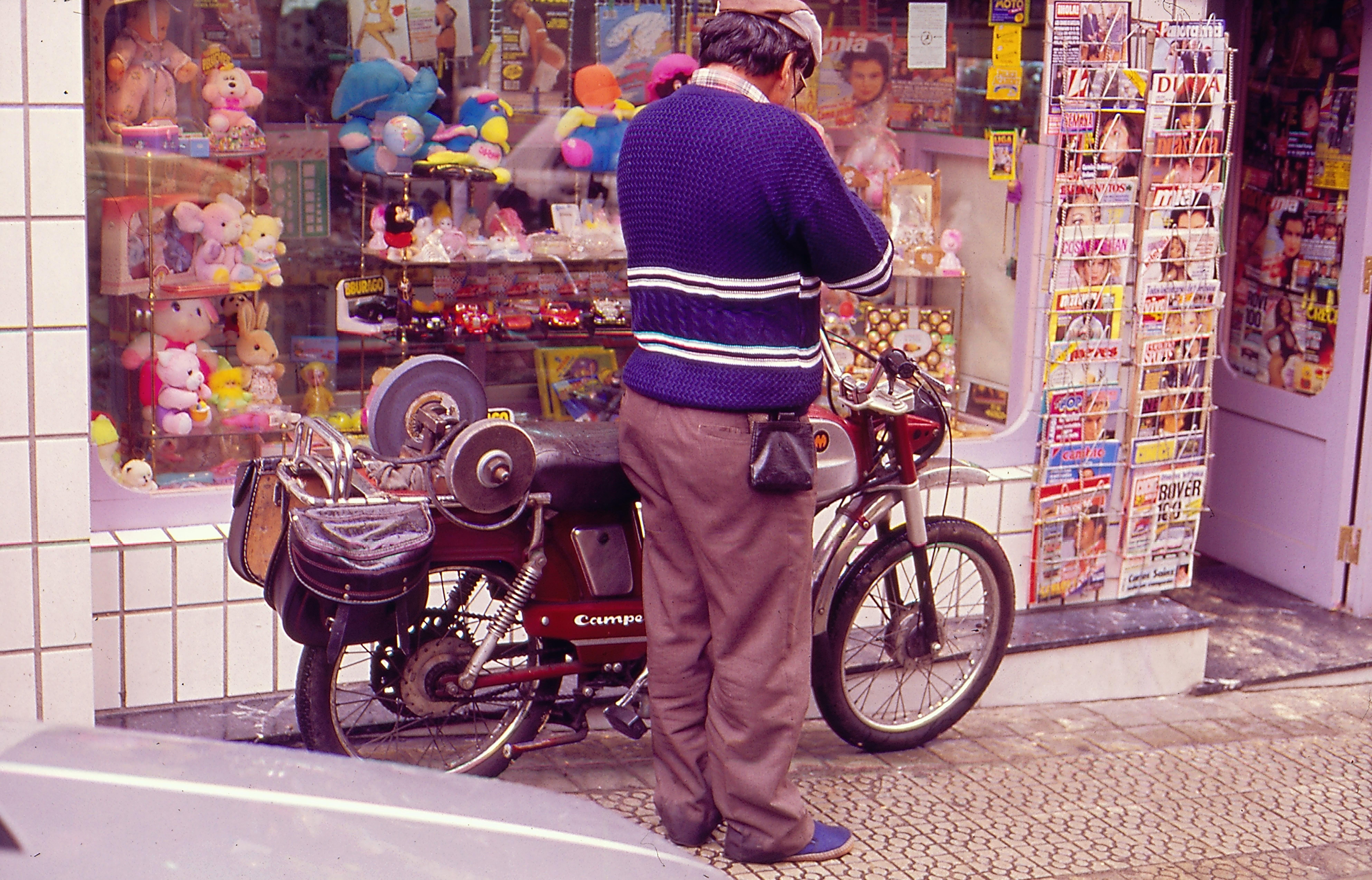Basque ethnography at a glance
![Women fish vendors in Donostia in the mid-nineteenth century. Reproduction of an engraving depicted by Luis de Madariaga in El país vasco-navarro [The Basque-Navarrese country]](https://www.labayru.eus/wp-content/uploads/2019/01/vendedoras-de-pescado-volteada.jpg)
Fish vendors in Donostia in the mid-nineteenth century. Reproduction of an engraving depicted by Luis de Madariaga in El país vasco-navarro [The Basque-Navarrese country].
Rather than seeking to provide a comprehensive account of trades from the past that are disappearing, or that have become practically extinct, here we shall confine ourselves to the city of Gernika-Lumo (Bizkaia), for many of these below would have been likewise known in neighbouring localities and further afield in the country. Some people exercised their skills door to door; others worked in workshops, stores and other premises.
Honey vendors: Prior to the winter months they came, shouting out their honey, typically from La Alcarria. They travelled from remote locations, selling honey by the ladleful from a small wooden barrel. Wax vendors: They made and sold beeswax candles.
Fish vendors: Women street vendors of fish came from the coastal city of Bermeo (Bizkaia). Their deliciously chargrilled bonito sides were especially enticing.

Knife grinder. Bilbao, 1990. José Ignacio García. Labayru Fundazioa Photographic Archive.
Tinkers: They made a living by travelling from place to place mending household utensils and sharpening knives, scissors and edge tools.
Cobblers: They repaired shoes. Today it is still fairly easy to find shoe-repair shops where shoes are resoled and tips on heels replaced, but they are not nearly as common as they used to be. Other skilled artisans: leather craftsmen and wineskin makers.
Coal merchants: They dedicated themselves to doorstep selling of coal and firewood. Wood-shaving sellers: They sold wood shavings (txirlorea, in Basque), sawdust and small branches for lighting home fires. Chimney sweeps: Their job was cleaning out the soot from chimneys.
Pitcher vendors: They peddled earthenware pitchers, dishes and jars. They came from afar inland, their mules in richly ornamented harnesses and trappings.
Tailors: They made suits and other garments to measure. Home-to-home seamstresses: Women who visited individual customers on a weekly basis to sew up any tears and stitch new clothing. Mattress beaters: Women who annually aired and beat the wool filling of mattresses. Stocking menders: They repaired snags and runs in stockings.
Deliverers: They distributed merchandise arriving by rail or road among stores in mule-driven carts or with a wheelbarrow. There were also newspaper delivery men. Bargemen: They transported sand and lime in barges.
Town and city criers: Dressed in traditional costume, they made public announcements in streets and marketplaces.
Night watchmen: Their job was to guard the streets at night, being custodians of master keys to every block. The voice of the night watchman crying out “¡Las doce y el cielo cayendo a cachos!” (It is midnight and rain pours down in buckets!) on a stormy night is just a faint memory of what once was.
Segundo Oar-Arteta – Etniker Bizkaia – Etniker Euskalerria Groups
Translated by Jaione Bilbao – Ethnography Department – Labayru Fundazioa

